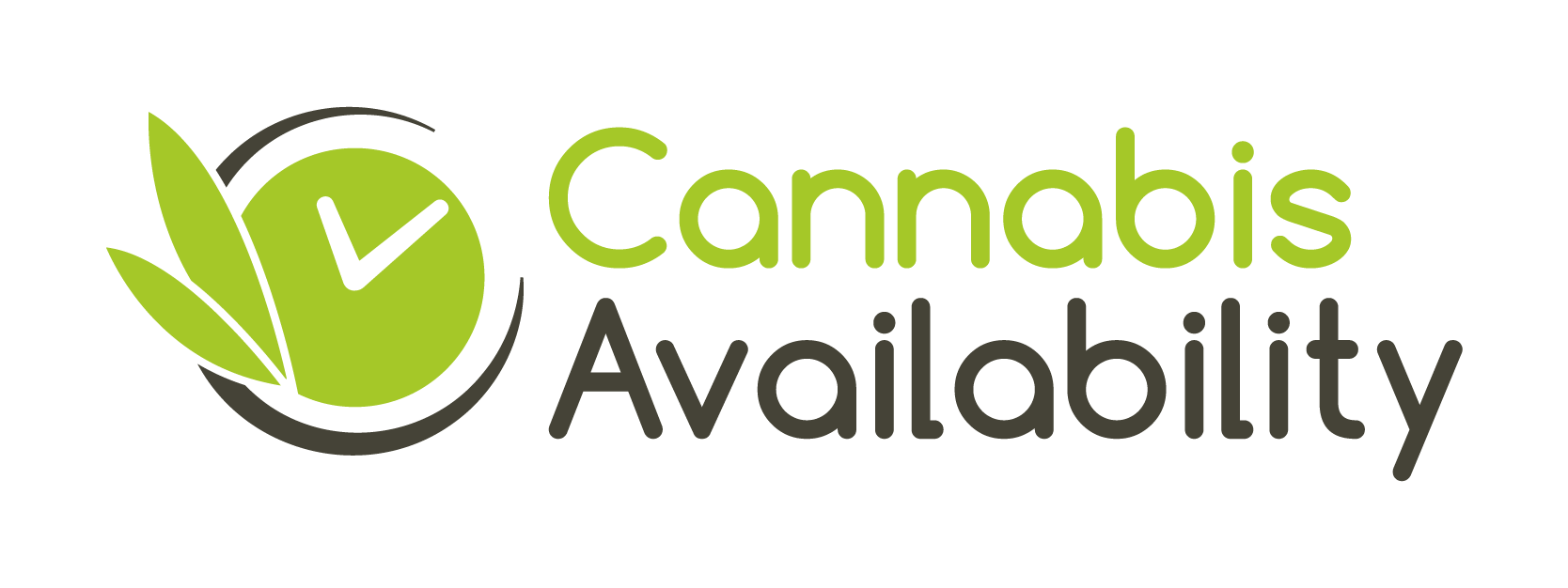In adult-use and medical markets alike, the first option is licensed delivery. Some states explicitly allow retailers to deliver into localities that prohibit storefronts, which extends access without forcing new zoning fights. California is the clearest example: statewide delivery has been permitted since late 2018, allowing residents in “ban” cities to receive orders from licensed sellers as long as the retailer complies with state rules. That framework improves access and safety by keeping purchases within the regulated system, though customers may face longer waits, delivery fees, and smaller menus compared with urban hubs.
Where delivery isn’t available, medical programs can be a lawful path. Florida, for example, lets qualified patients purchase from licensed Medical Marijuana Treatment Centers and includes “delivery” within the definition of medical use, enabling MMTCs to bring products to patients even in areas with no dispensaries. Patient onboarding still requires physician certification and registry enrollment, which lengthens time to first purchase but rewards patients with consistent, tested products once approved.
A third route sits outside state dispensary systems: hemp-derived products shipped to consumers. Under the 2018 Farm Bill and postal guidance, hemp items with ≤0.3% delta-9 THC can be mailed domestically if documentation requirements are met. For consumers in “dispensary deserts,” this creates a convenient, mail-order channel for CBD and some intoxicating hemp derivatives. The tradeoff is uneven oversight: regulators and researchers note fast-changing state rules on items like delta-8 THC, and several states have moved to restrict or ban them due to youth access and safety concerns—leading to a confusing patchwork for shoppers and more label-reading diligence at checkout.
Home cultivation is another legal alternative where permitted. Roughly half of legal markets now allow some form of home grow (medical and/or adult-use), which can eliminate travel time and stabilize supply for experienced consumers. But home grow requires upfront investment, horticultural skill, and patience—factors that make it an empowering option for hobbyists yet impractical for many first-time buyers or those needing immediate, consistent dosing.
Finally, for patients seeking specific therapeutic effects without cannabis access, FDA-approved synthetic THC (dronabinol) is available by prescription at pharmacies. While not identical to whole-plant products, it provides a lawful, standardized option that can be obtained even in jurisdictions without dispensaries—though insurance coverage, side-effect profiles, and physician comfort vary.
Customer experience implications: Licensed delivery and medical delivery enhance safety, product testing, and age verification but may add cost and reduce assortment relative to flagship stores. Hemp e-commerce maximizes convenience but shifts due-diligence burdens to the buyer amid fast-moving state rules and variable product quality. Home grow offers autonomy and affordability over time but demands knowledge and space. Pharmacy options deliver consistency and access, yet may not replicate the breadth of cannabinoids and terpenes valued by many consumers. Overall, the legal avenues customers choose in dispensary-scarce regions directly shape their trade-offs among convenience, compliance, selection, and control.
